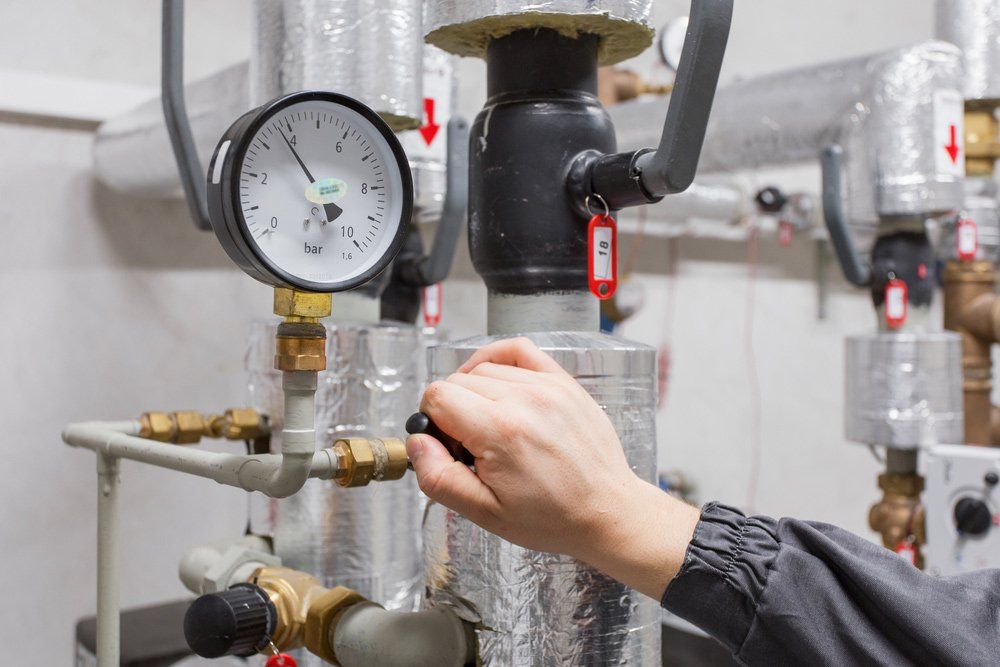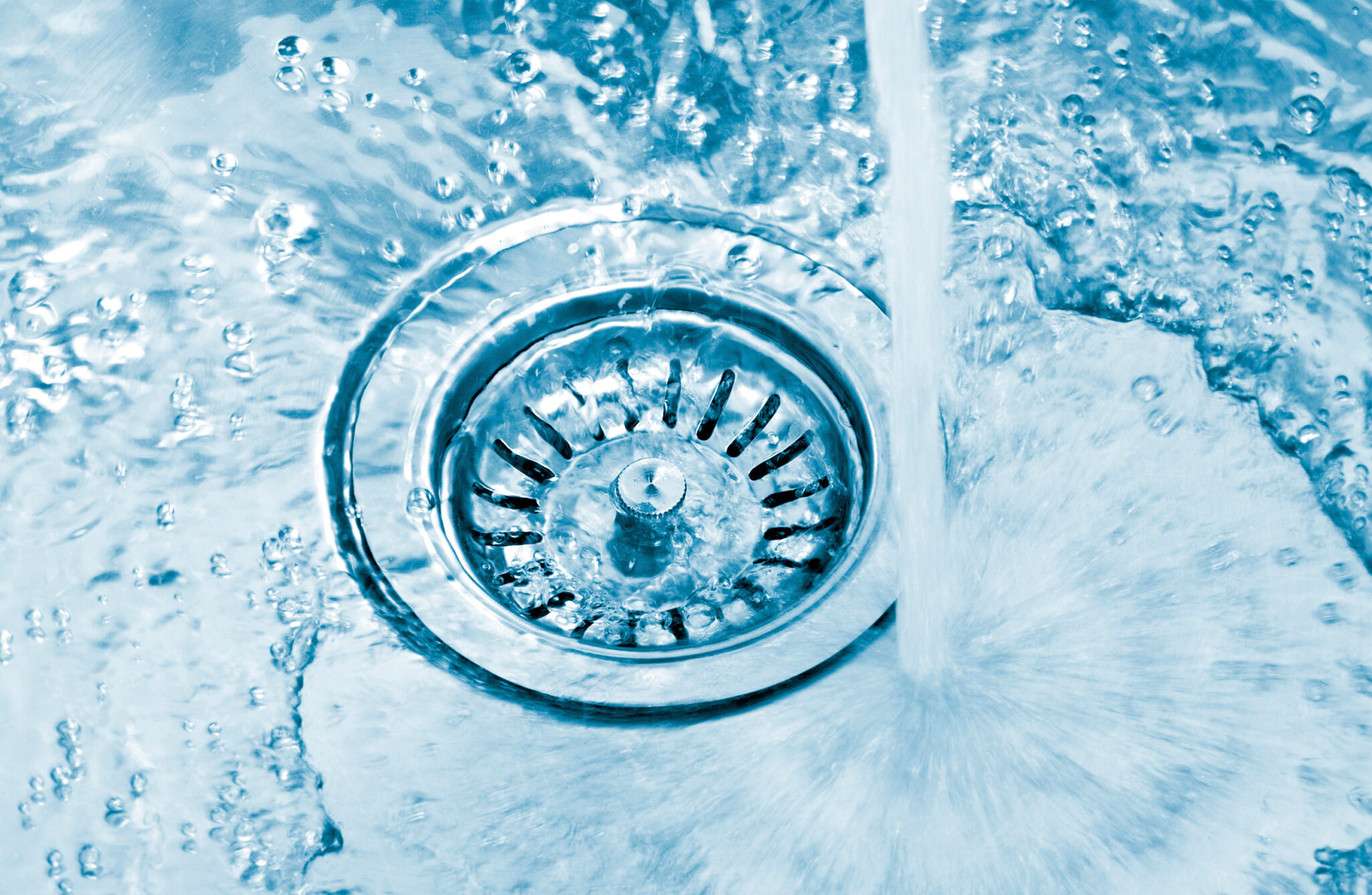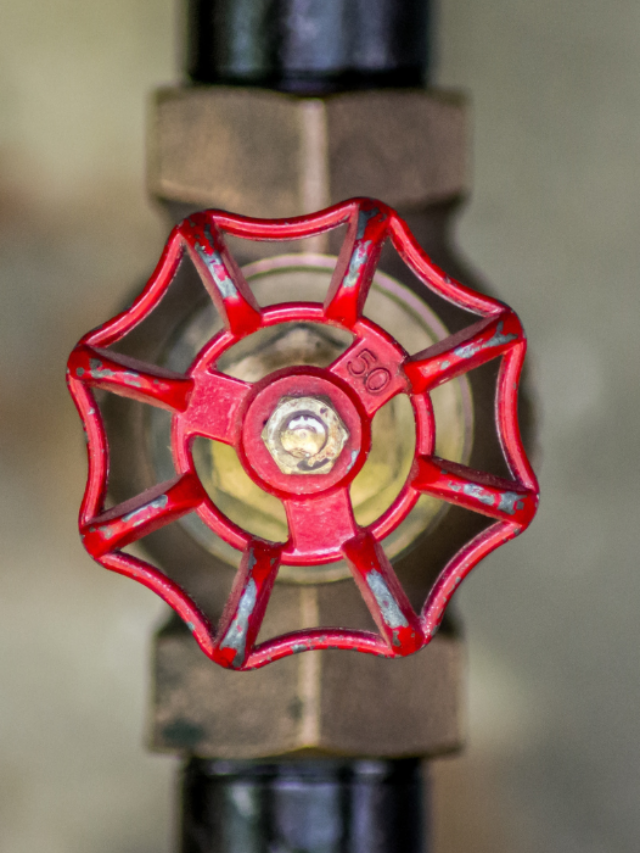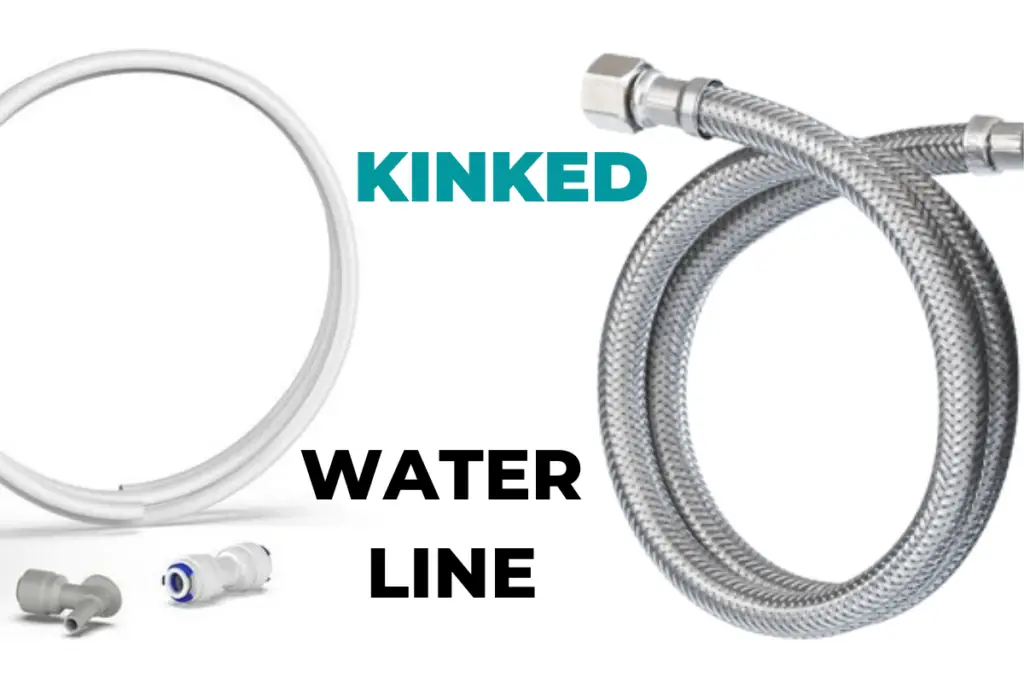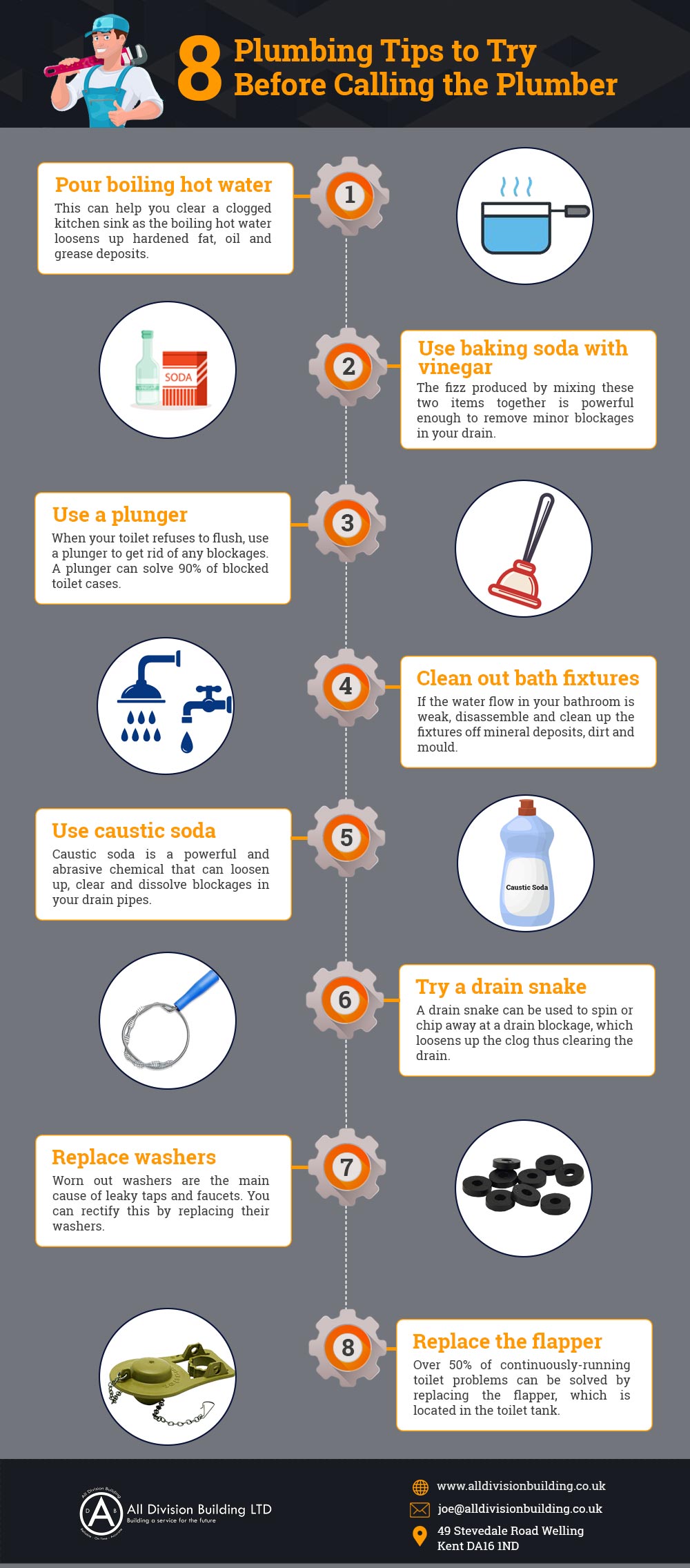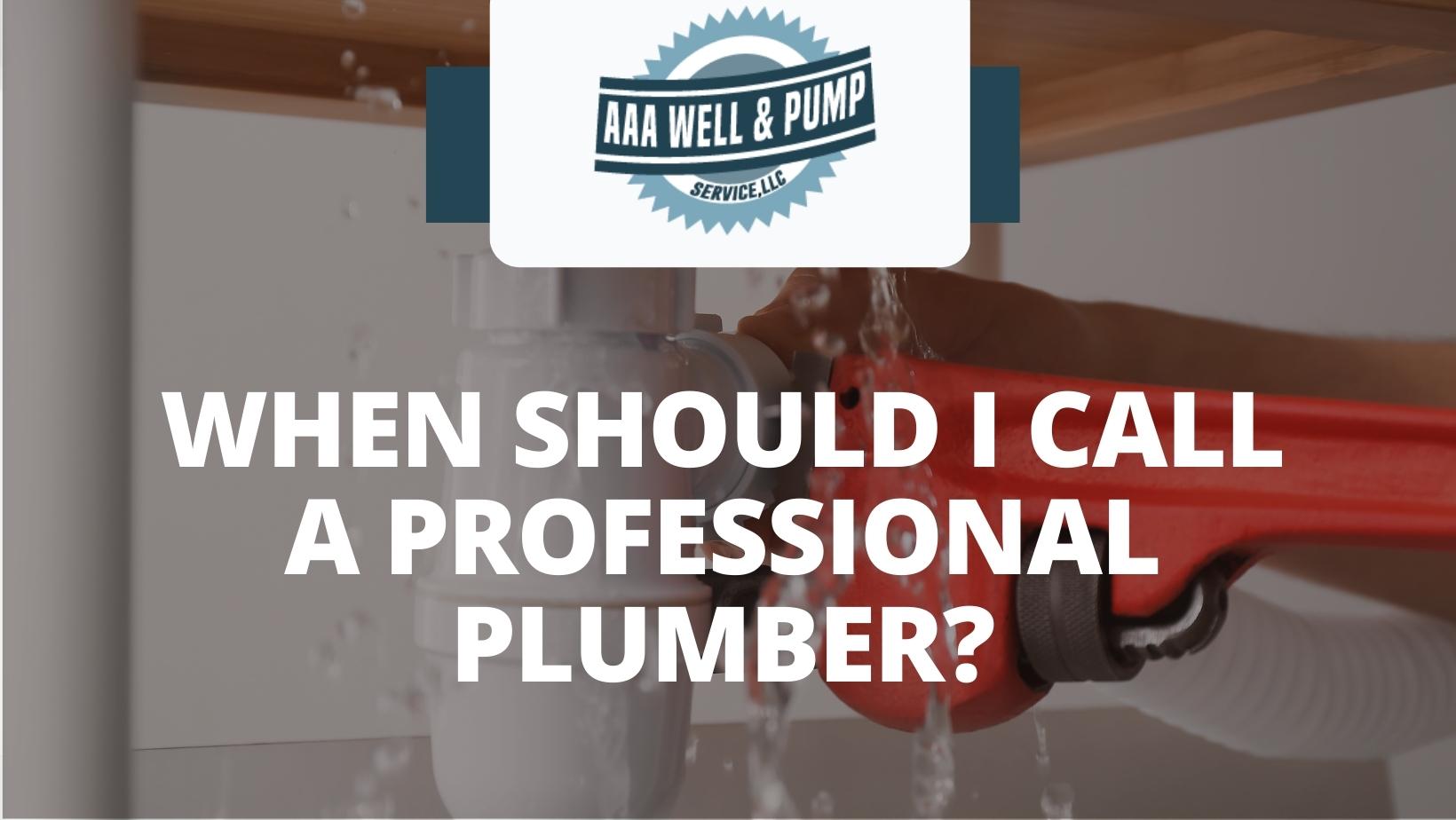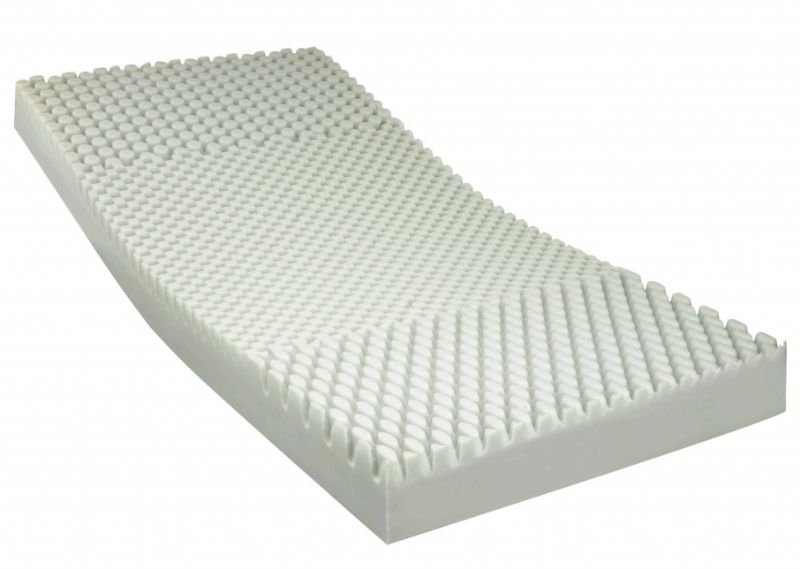If you're experiencing low water pressure in your kitchen sink but not in the sprayer, the first thing you should check is the aerator. This small, mesh screen is located at the end of the faucet where the water comes out. It helps regulate the flow of water and can easily become clogged with debris and mineral buildup. Take off the aerator and clean it out by removing any debris or sediment. If it's too worn or damaged, you may need to replace it altogether. This simple fix could solve your low water pressure issue in no time.1. Check the aerator
If cleaning the aerator doesn't improve the water pressure, it's important to thoroughly clean it. Use a toothbrush and a mixture of equal parts water and vinegar to scrub away any buildup. You can also use a small needle or pin to remove any stubborn debris from the aerator holes. Rinse it well and reattach it to the faucet.2. Clean the aerator
The next step is to check the water supply valves under the sink. Make sure they are fully open and not partially closed, as this can restrict water flow. If they are partially closed, simply turn them all the way open and test the water pressure again.3. Check the water supply valves
Clogs in the pipes can also cause low water pressure. To check for clogs, turn off the water supply to the sink and disconnect the pipes. Use a small brush or wire to remove any debris or buildup from the pipes. Once cleaned, reattach the pipes and turn the water back on to test the pressure.4. Check for clogs in the pipes
Many homes have a water pressure regulator installed near the main water line. This device helps regulate the pressure of the water coming into your home. If it's not functioning properly, it can cause low water pressure in certain areas, such as your kitchen sink. You may need to call a professional plumber to adjust or replace the regulator.5. Check the water pressure regulator
Leaks in the pipes can also lead to low water pressure. Check all the pipes under your sink for any signs of leaks, such as puddles or dripping water. If you find any leaks, you'll need to repair or replace the affected pipes to restore proper water pressure.6. Check for leaks in the pipes
If the low water pressure is only in your kitchen sink but not in other faucets, this could indicate a problem with the specific faucet. However, if you're experiencing low pressure in multiple faucets, it could be a larger issue with the main water line or pressure regulator.7. Check the water pressure in other faucets
It's important to also check the water pressure in your kitchen sink sprayer. If the sprayer has low pressure, it could be an issue with the sprayer itself or the connection to the main faucet. Make sure the sprayer is properly attached and functioning. If it's not, you may need to replace it.8. Check the water pressure in the sprayer
If you suspect the issue is with the main water line, you can check the water pressure by attaching a pressure gauge to an outdoor faucet. The ideal water pressure for a home is between 45-55 psi (pounds per square inch). If the pressure is significantly lower, you may need to call a professional to adjust the pressure at the main water line.9. Check the water pressure from the main water line
If you've tried all the above solutions and still have low water pressure in your kitchen sink, it's best to call a professional plumber for help. They will have the expertise and tools to properly diagnose and fix the issue, ensuring your kitchen sink has proper water pressure once again. In conclusion, low water pressure in a kitchen sink can be a frustrating issue, but it's not uncommon. By following these tips and checking for common causes, you can troubleshoot the issue and potentially fix it yourself. However, if the issue persists, don't hesitate to call a professional for help. Having proper water pressure in your kitchen sink is essential for daily tasks, so it's worth addressing any issues as soon as possible.10. Call a plumber for professional help
The Importance of Proper Water Pressure in a Kitchen Sink

Understanding Water Pressure
 Water pressure is the force that pushes water through the pipes and out of your faucets. It is measured in pounds per square inch (psi) and can vary depending on your location and the type of plumbing system in your home. Generally, a water pressure of 40-45 psi is considered ideal for most households.
Water pressure is the force that pushes water through the pipes and out of your faucets. It is measured in pounds per square inch (psi) and can vary depending on your location and the type of plumbing system in your home. Generally, a water pressure of 40-45 psi is considered ideal for most households.
The Role of Water Pressure in a Kitchen Sink
 The kitchen sink is one of the most important fixtures in any household. It is used for various tasks such as washing dishes, preparing food, and even filling up pots for cooking. Thus, having proper water pressure in your kitchen sink is crucial for completing these tasks efficiently.
Low Water Pressure in the Kitchen Sink
If you have noticed that the water pressure in your kitchen sink is lower than usual, but the sprayer seems to be working fine, there could be a few reasons for this.
The kitchen sink is one of the most important fixtures in any household. It is used for various tasks such as washing dishes, preparing food, and even filling up pots for cooking. Thus, having proper water pressure in your kitchen sink is crucial for completing these tasks efficiently.
Low Water Pressure in the Kitchen Sink
If you have noticed that the water pressure in your kitchen sink is lower than usual, but the sprayer seems to be working fine, there could be a few reasons for this.
1. Clogged Pipes
 Over time, mineral deposits and debris can build up in the pipes, resulting in reduced water flow. This can be especially common in older homes with galvanized pipes. If only your kitchen sink is experiencing low water pressure, it could be a sign of clogged pipes specifically in that area.
Over time, mineral deposits and debris can build up in the pipes, resulting in reduced water flow. This can be especially common in older homes with galvanized pipes. If only your kitchen sink is experiencing low water pressure, it could be a sign of clogged pipes specifically in that area.
2. Faulty Faucet or Aerator
 A faulty faucet or aerator can also cause low water pressure in your kitchen sink. The aerator is the small screen at the end of your faucet that helps regulate the water flow and can become clogged with debris. If the aerator is damaged or clogged, it can restrict the water flow and result in low water pressure.
A faulty faucet or aerator can also cause low water pressure in your kitchen sink. The aerator is the small screen at the end of your faucet that helps regulate the water flow and can become clogged with debris. If the aerator is damaged or clogged, it can restrict the water flow and result in low water pressure.
3. Water Supply Issues
 If your entire house is experiencing low water pressure, the problem may lie in your water supply. Issues such as a leak in the main water line or a problem with the municipal water supply can affect the water pressure in your home.
Importance of Addressing Low Water Pressure
Having low water pressure in your kitchen sink may seem like a minor inconvenience, but it can actually lead to bigger problems in the long run. It can make simple tasks like washing dishes take longer and can also put a strain on your plumbing system, potentially leading to costly repairs. Additionally, low water pressure can also be a sign of underlying issues with your plumbing system that need to be addressed.
So if you are experiencing low water pressure in your kitchen sink, it is important to identify the cause and address it promptly. Whether it's a simple fix like cleaning the aerator or a more complex issue like clogged pipes, ensuring proper water pressure in your kitchen sink is essential for a functional and efficient household.
If your entire house is experiencing low water pressure, the problem may lie in your water supply. Issues such as a leak in the main water line or a problem with the municipal water supply can affect the water pressure in your home.
Importance of Addressing Low Water Pressure
Having low water pressure in your kitchen sink may seem like a minor inconvenience, but it can actually lead to bigger problems in the long run. It can make simple tasks like washing dishes take longer and can also put a strain on your plumbing system, potentially leading to costly repairs. Additionally, low water pressure can also be a sign of underlying issues with your plumbing system that need to be addressed.
So if you are experiencing low water pressure in your kitchen sink, it is important to identify the cause and address it promptly. Whether it's a simple fix like cleaning the aerator or a more complex issue like clogged pipes, ensuring proper water pressure in your kitchen sink is essential for a functional and efficient household.






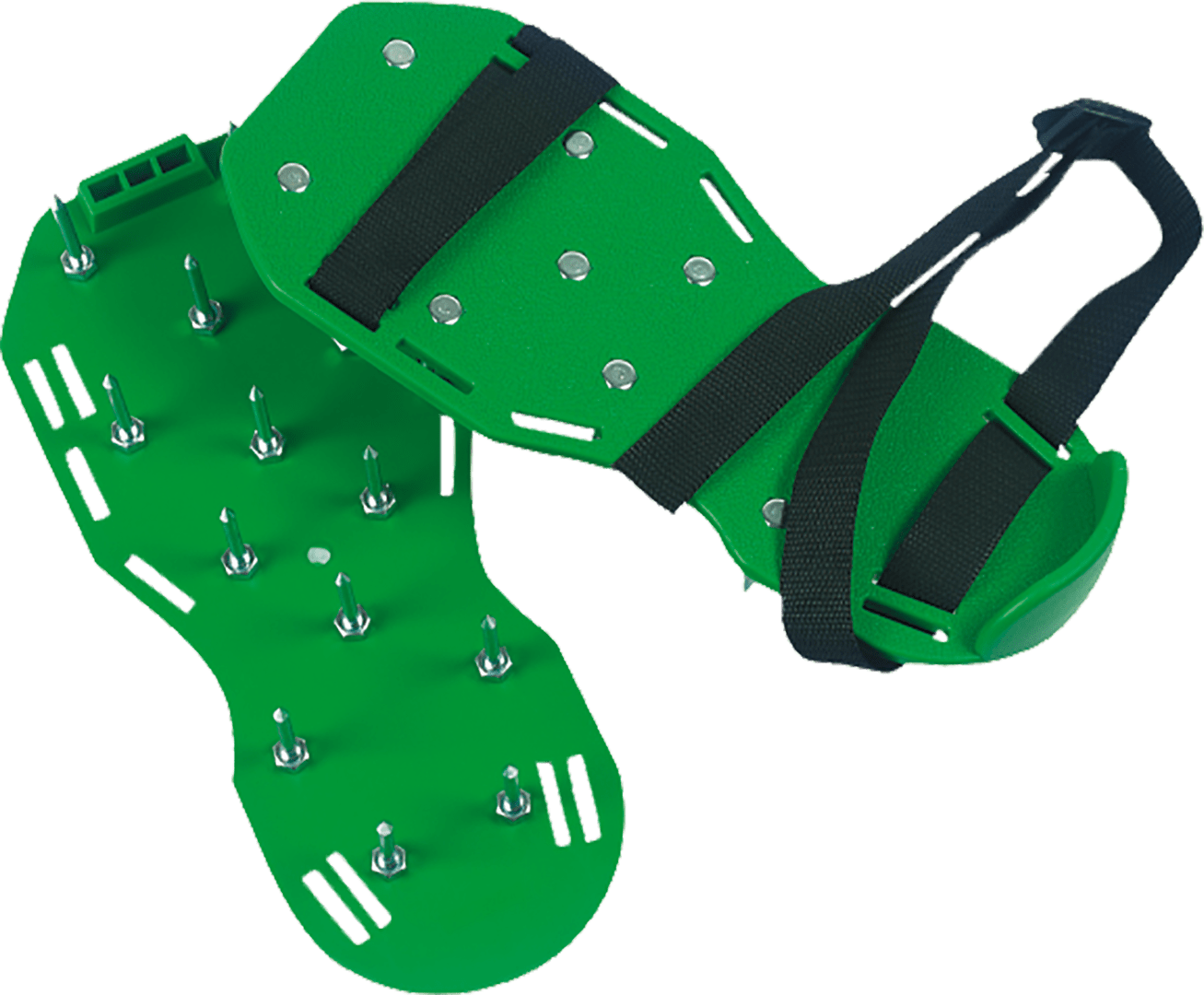




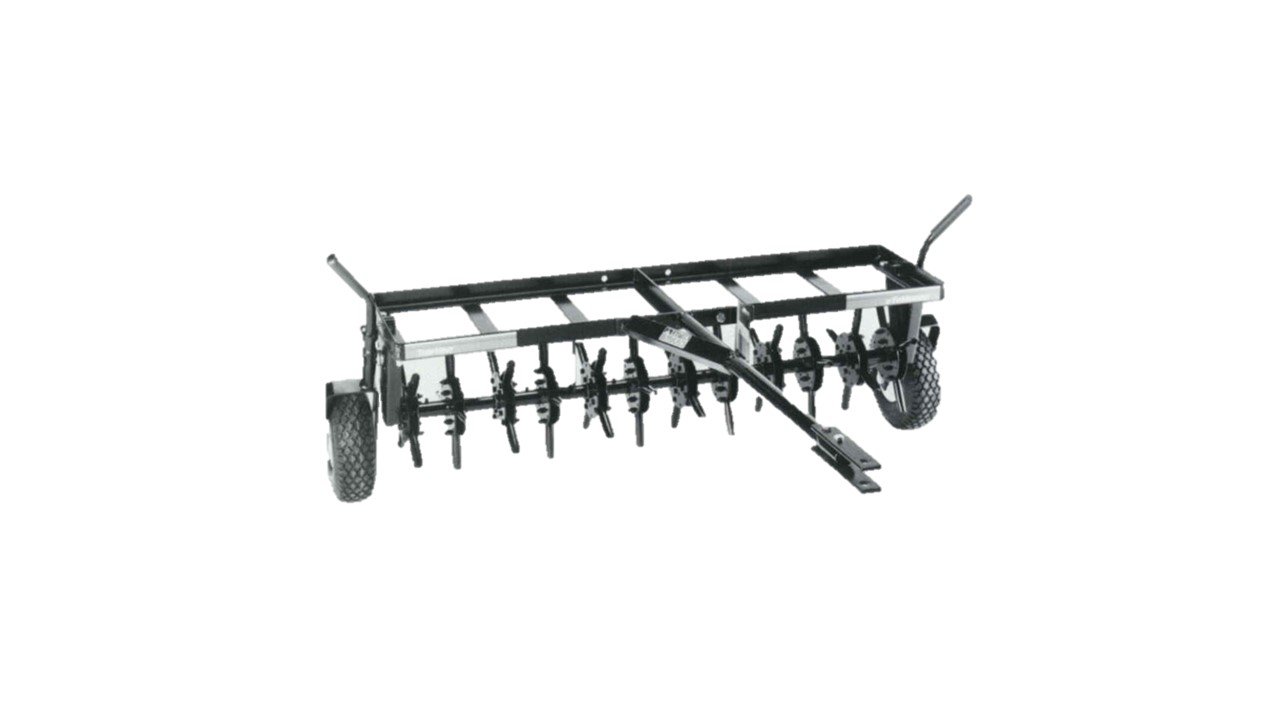


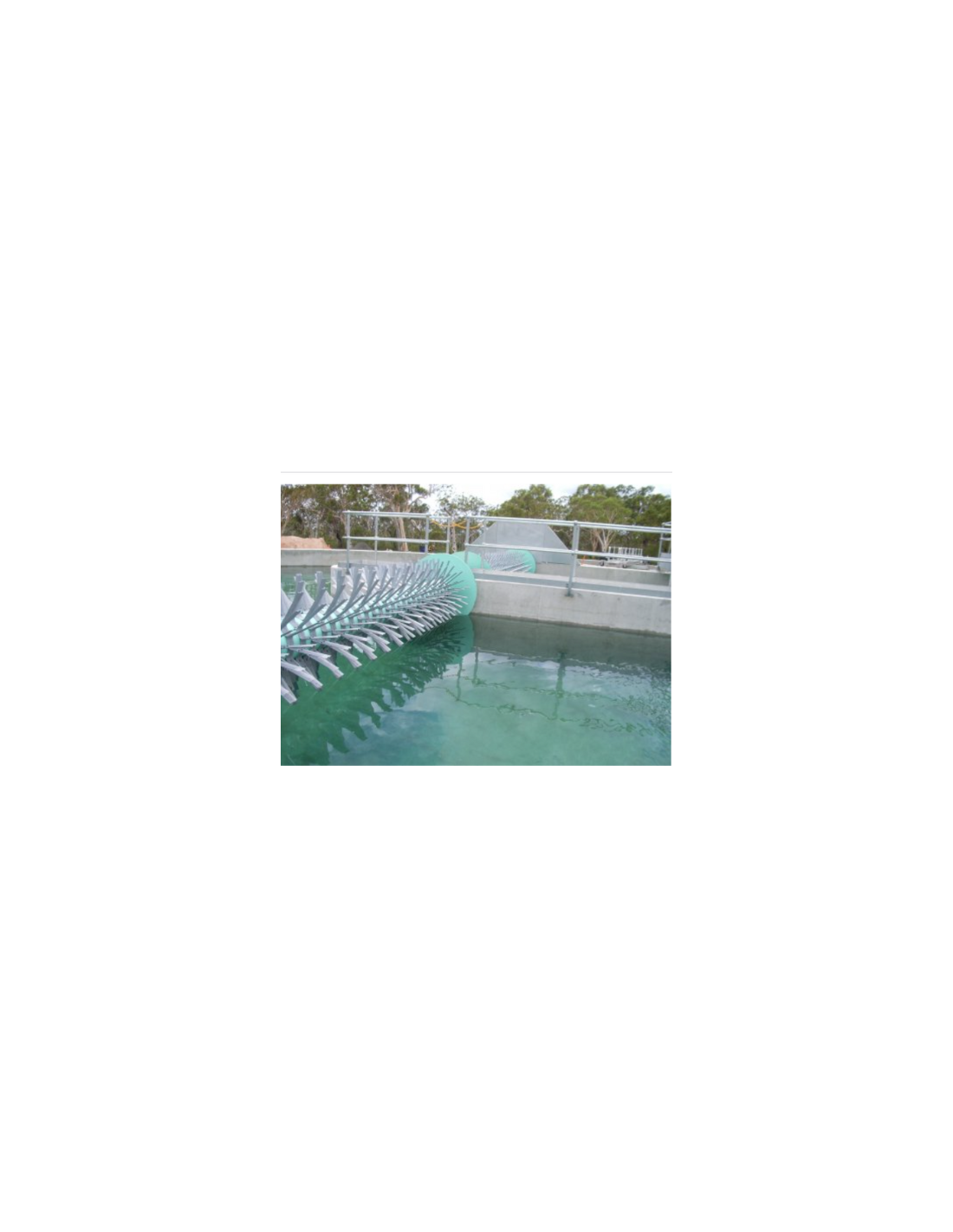




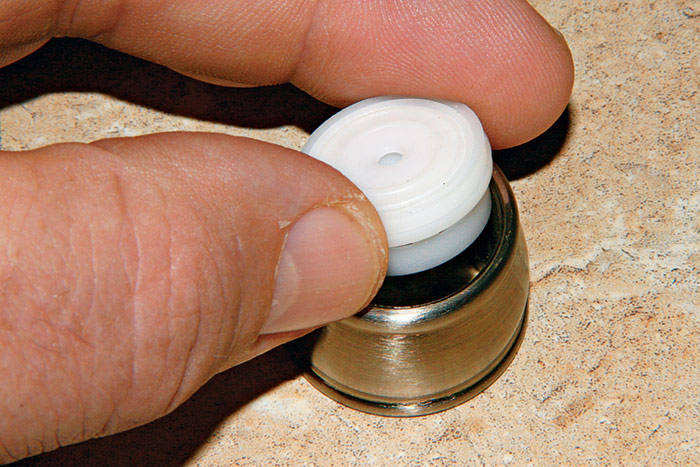
:max_bytes(150000):strip_icc()/clearing-a-blocked-faucet-aerator-2718807-07-b5a90554991f4bb69efb45a472df7f23.jpg)
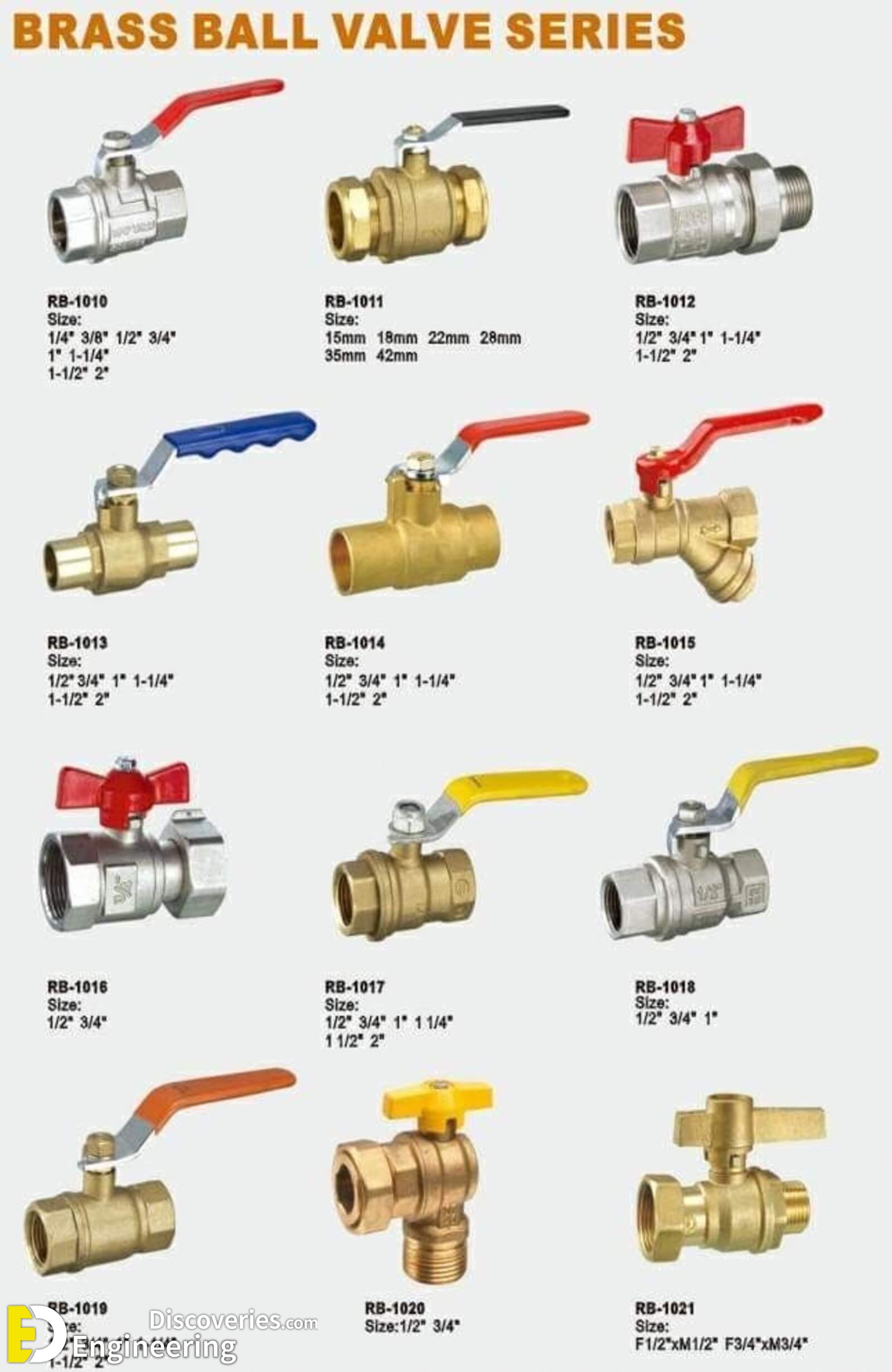



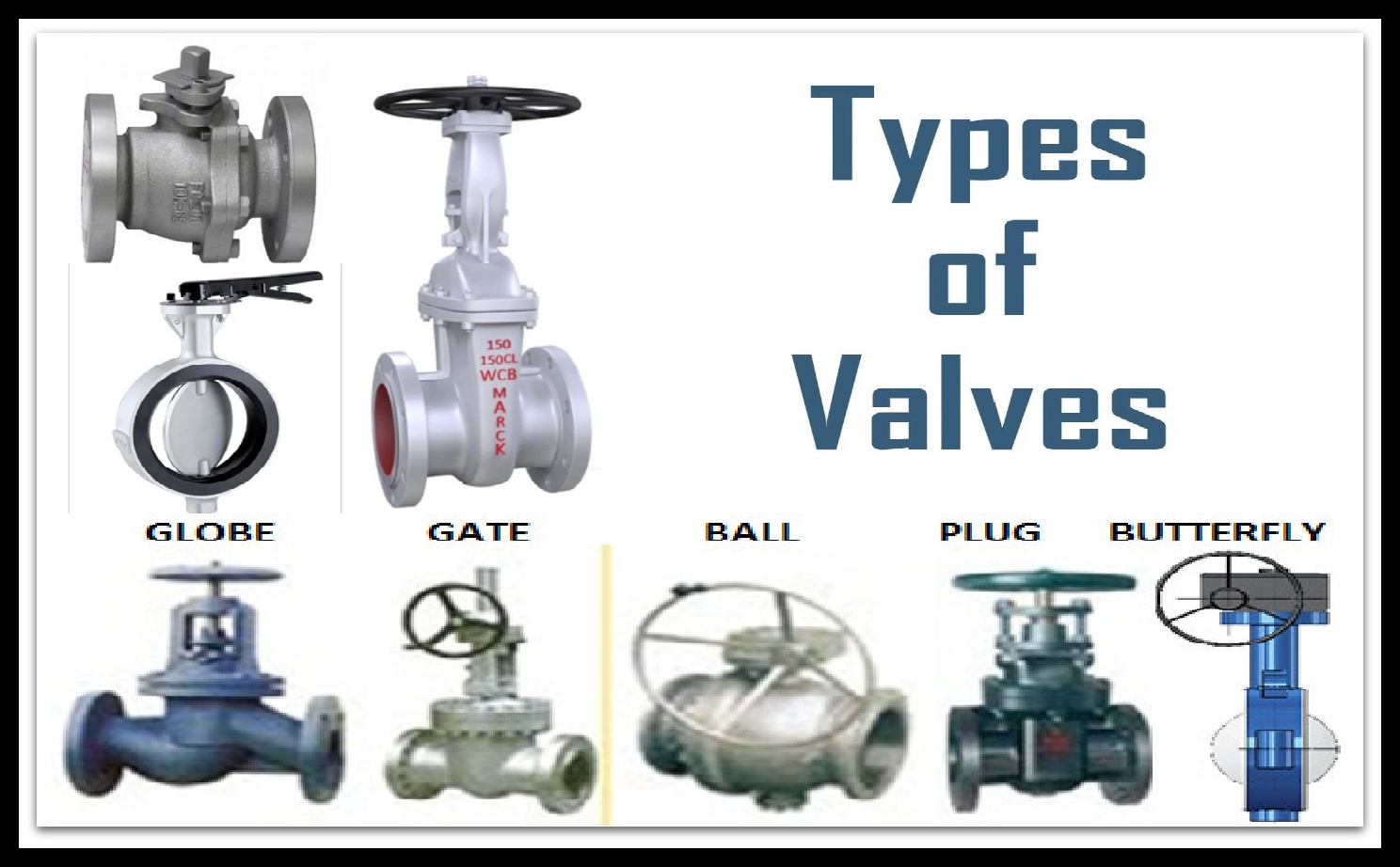




:max_bytes(150000):strip_icc()/GettyImages-106572292-3658474337224eda8721faead4f91390.jpg)








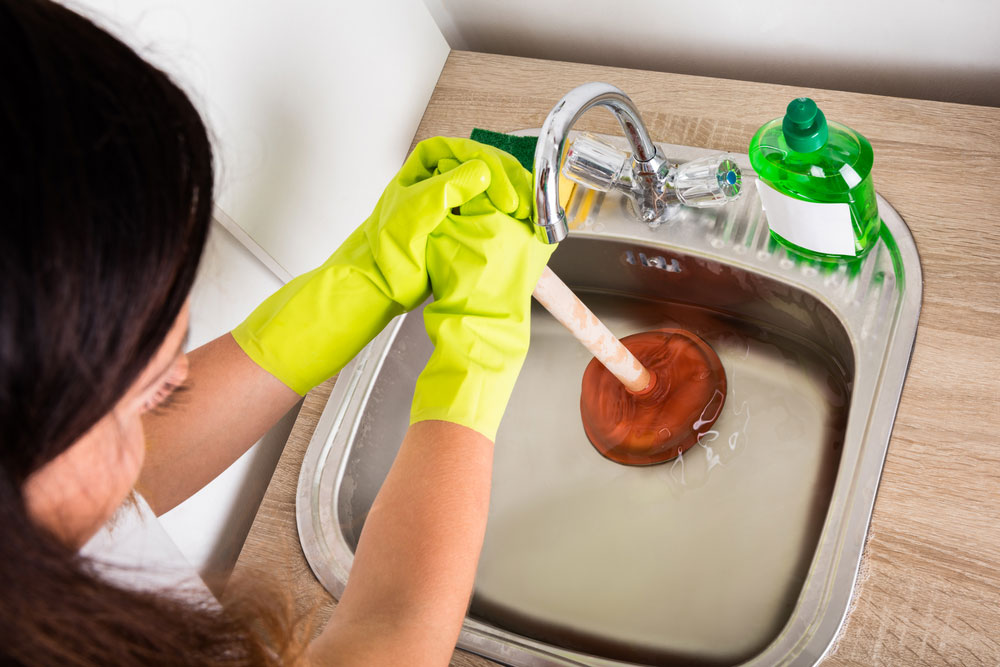


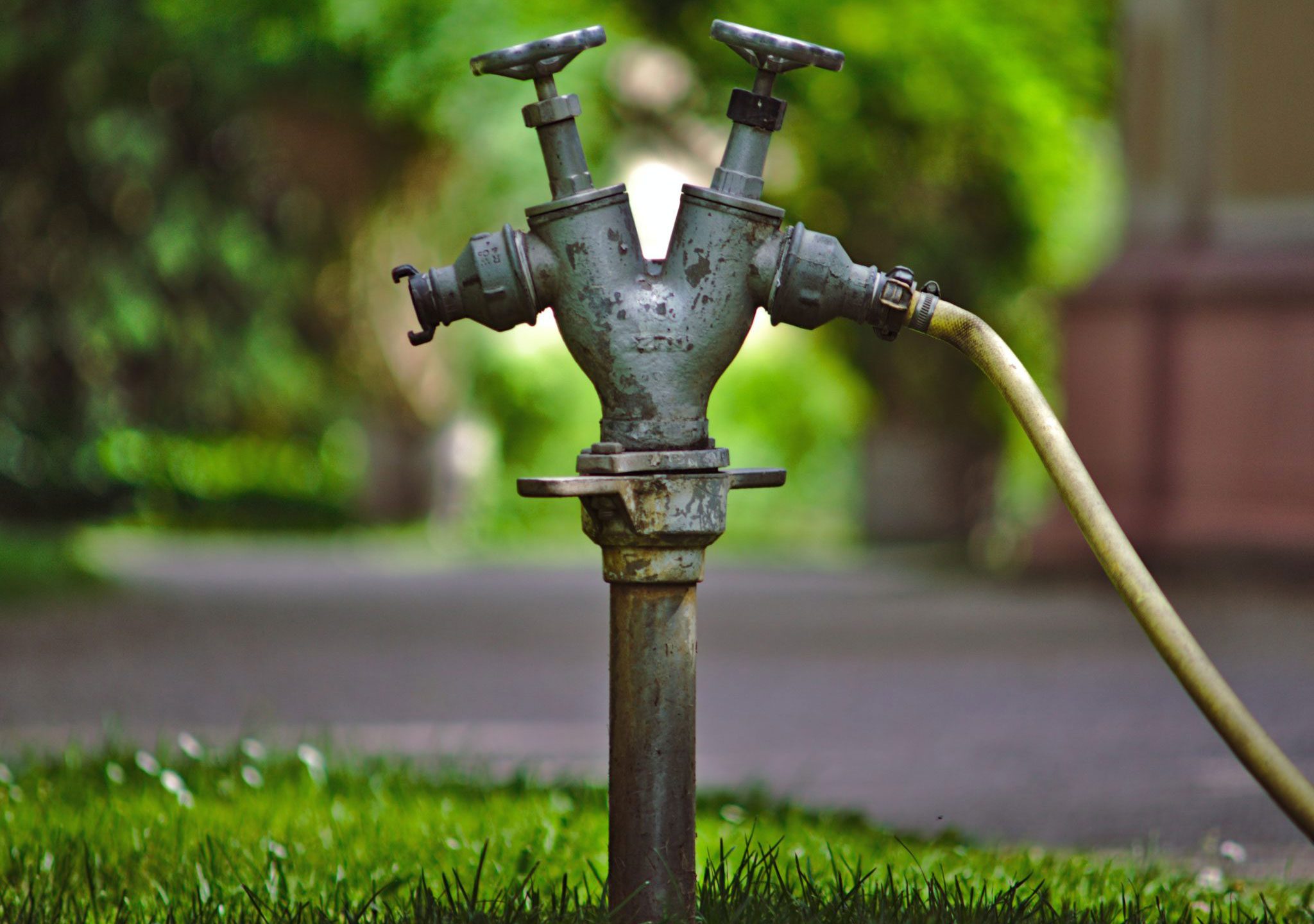

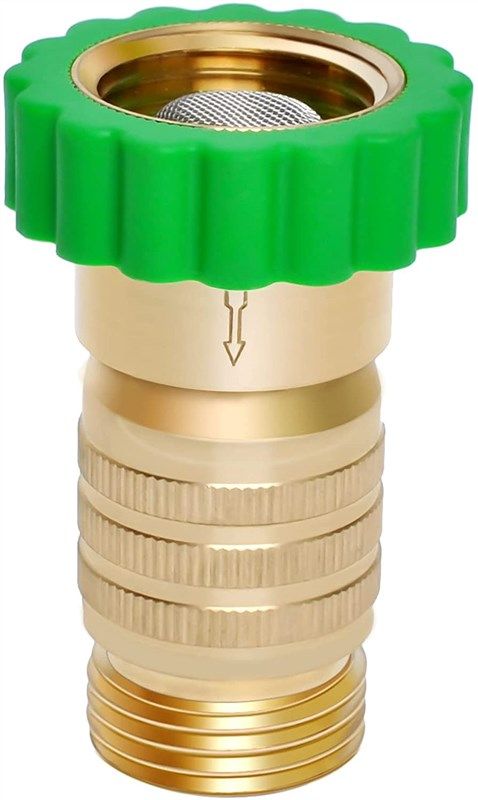



:max_bytes(150000):strip_icc()/the-men-s-hand-opens-the-ball-valve-on-the-collector-1006810456-5c5fc73fc9e77c000159c4af.jpg)
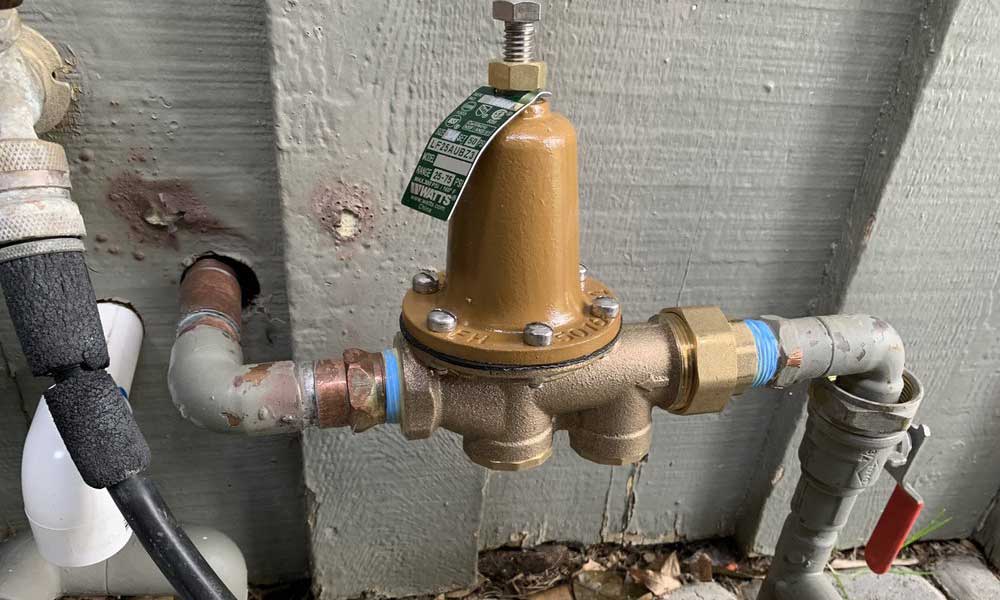
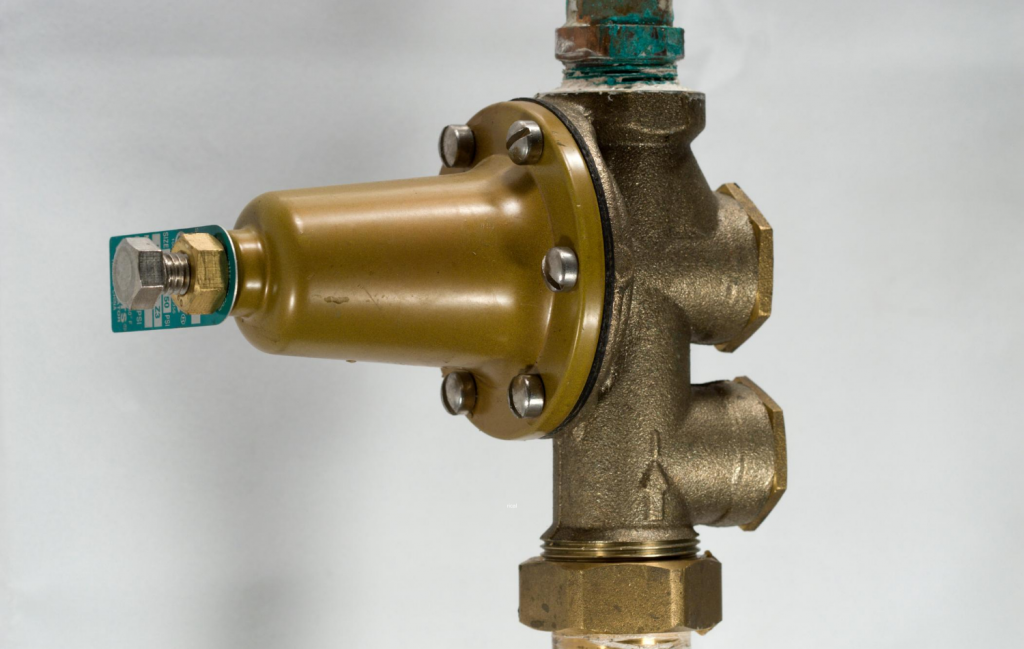

:max_bytes(150000):strip_icc()/testing-water-pressure-in-your-home-2718692-hero-98f45508ca5d44b6b551034ac5cedab5.jpg)
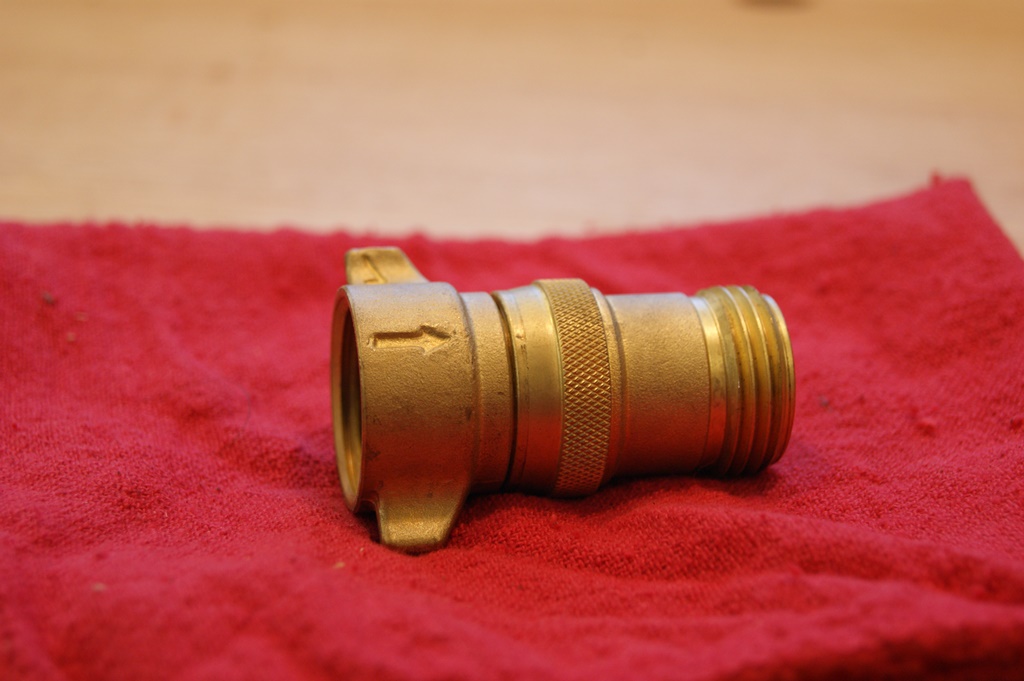







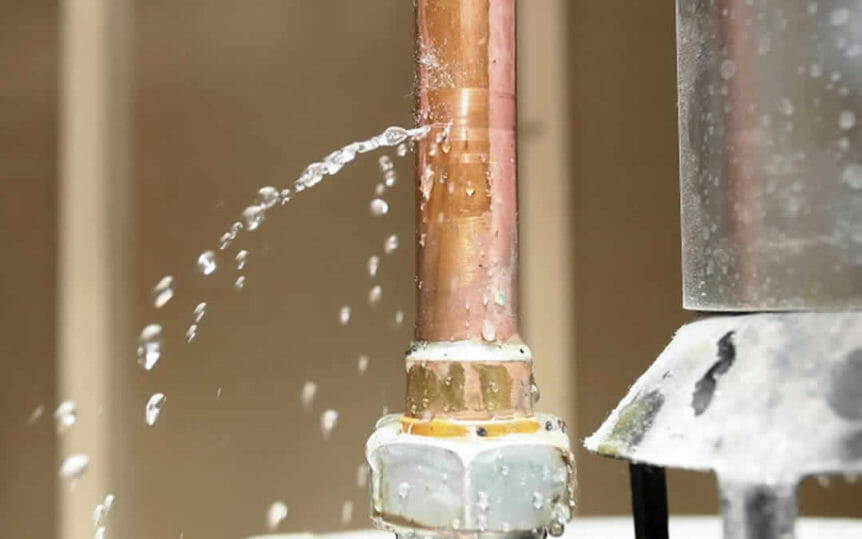
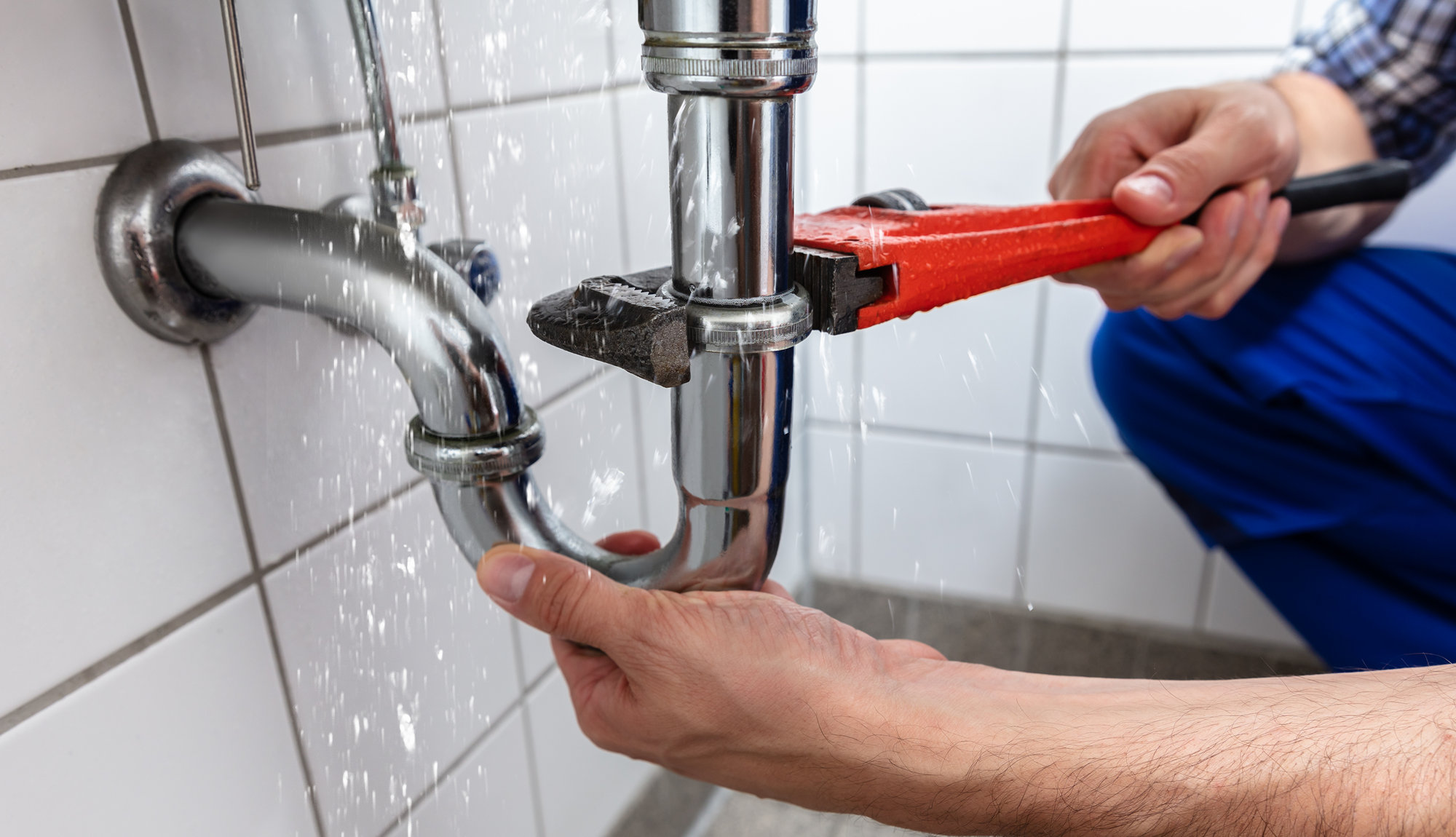




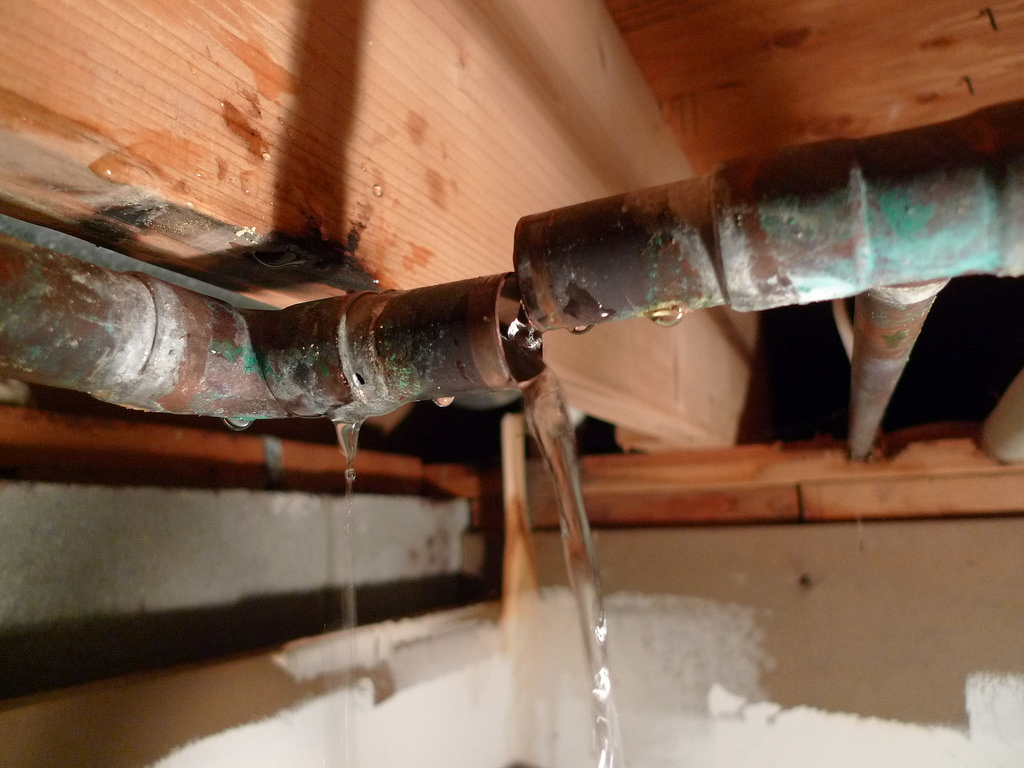
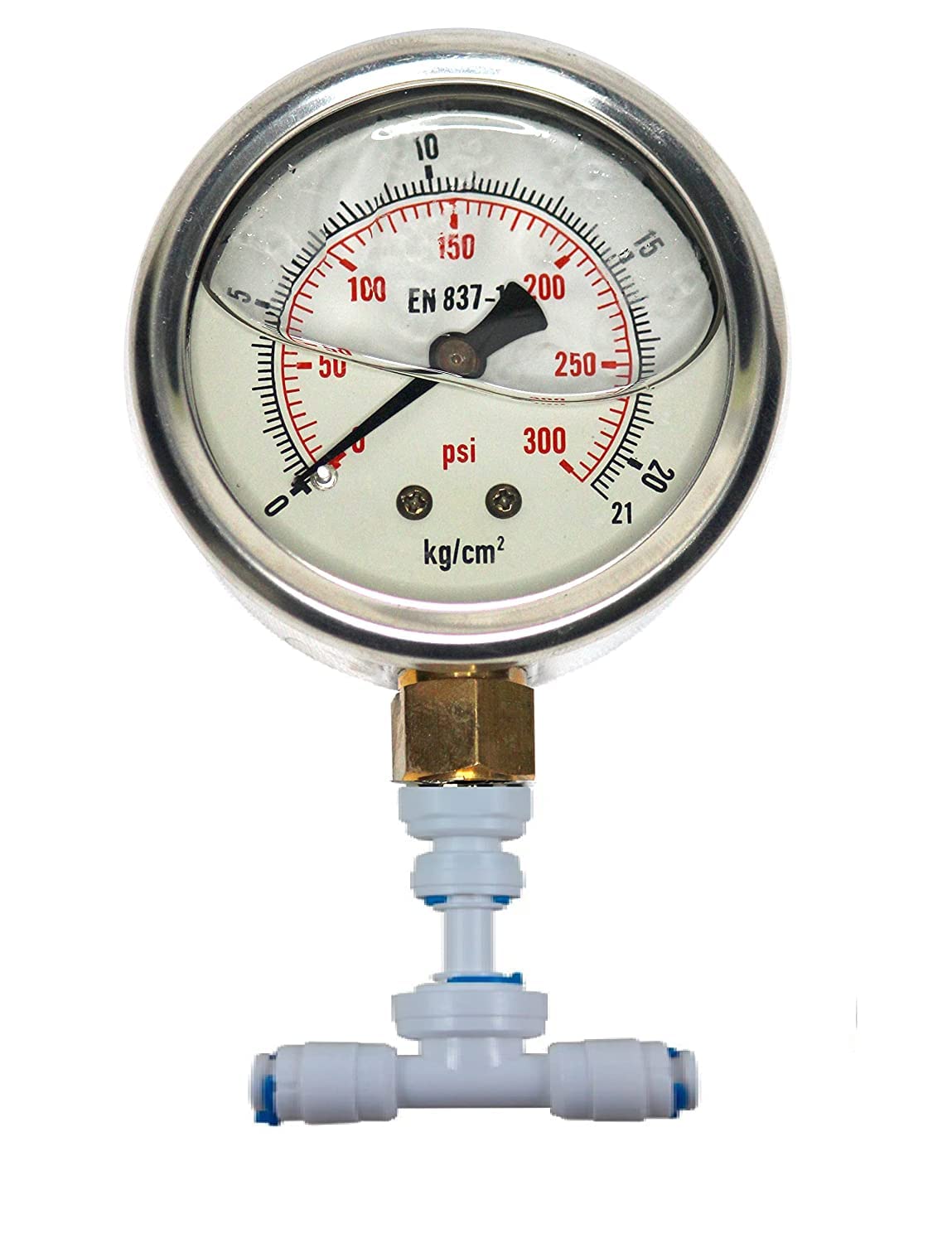

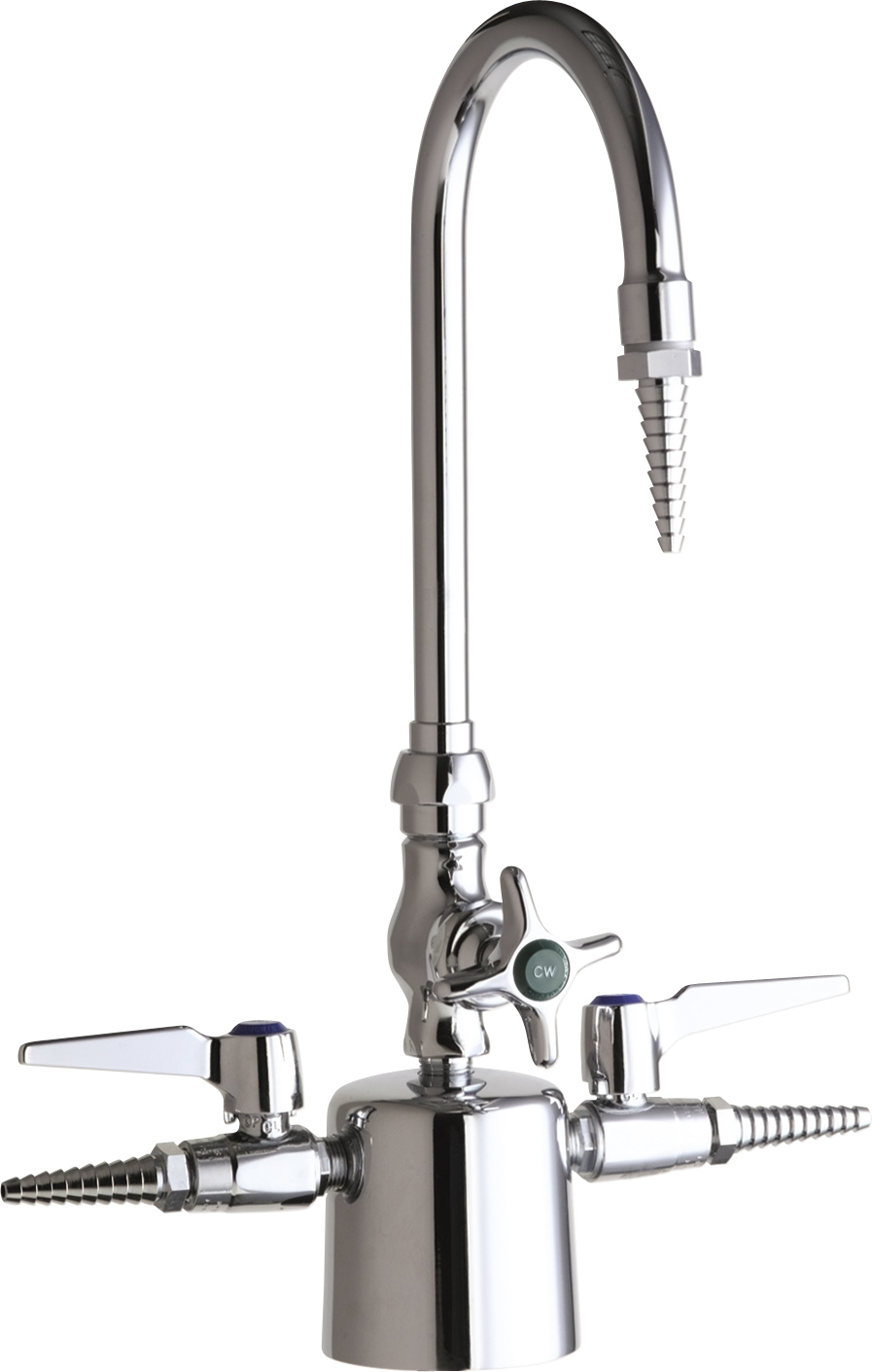


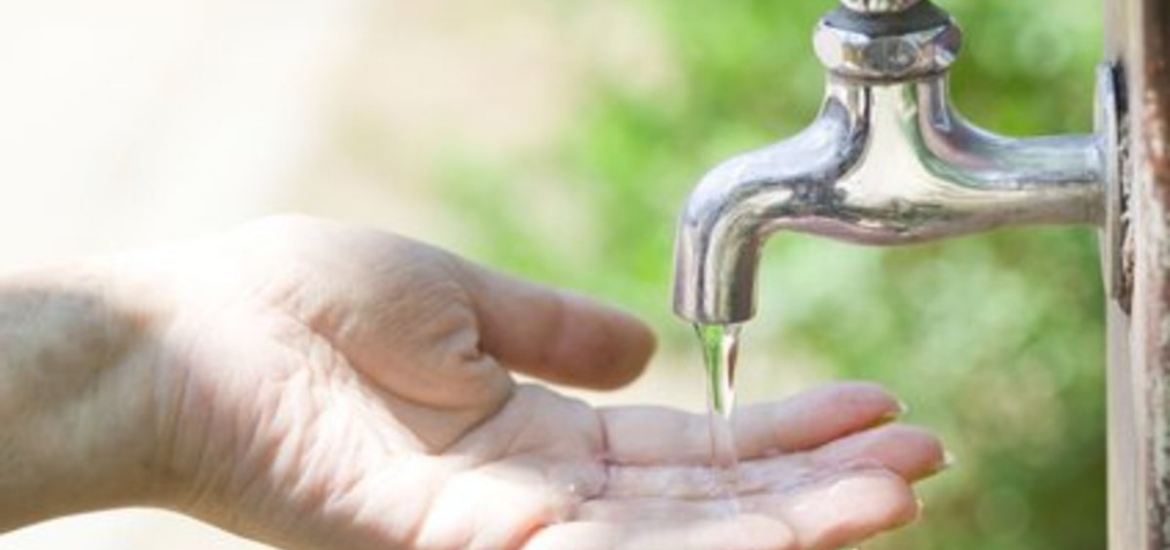



:max_bytes(150000):strip_icc()/testing-water-pressure-in-your-home-2718692-04-c37ab3236d0d4b61b87079ebf9ef823e-c1e1ef0104fb44778a287bd9bb5ec140.jpeg)




